Select this license type when you are developing an app for iOS, Android, or Windows Phone, and you will be embedding the font file in your mobile application's code.
Sassoon Infant Pro®
by Sassoon-Williams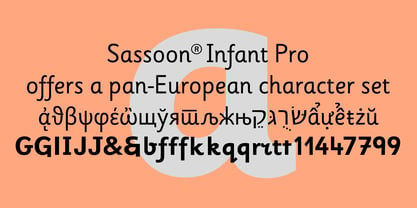
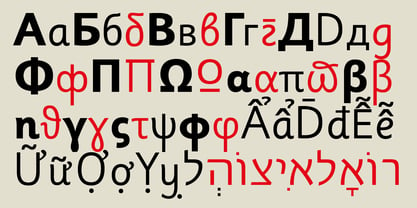
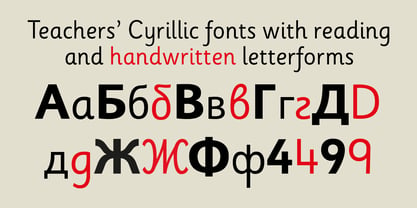
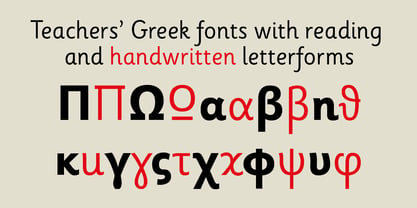
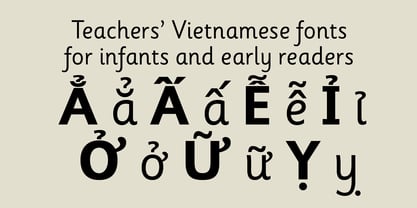
- Aa Glyphs
-
Best ValueFamily Packages
- Individual Styles
- Tech Specs
- Licensing
Per style:
$62.50
Pack of 2 styles:
$125.00
About Sassoon Infant Pro Font Family
An upright typeface family developed to meet the demand for letters to produce pupil material for handwriting as well as for reading. Upright letters with extended ascenders and descenders are ideal on screen. They facilitate word recognition. The exit strokes link words together visually, and in handwriting they lead to spontaneous joins along the baseline leading logically to a joined-up hand. Teachers can print desk strips, charts of letter families and alphabet friezes, as well as consistent material across the curriculum. Together these typefaces provide a valuable resource for special needs teachers.
Typefaces developed to meet demand for letters that can be used to produce pupil material for reading as well as handwriting. Regular and Bold typefaces covering pan-European languages: 9 Latin, 6 Cyrillic, Greek, Turkish, 13 Baltic, 8 Rusyn, 6 Nordic, Vietnamese.
How to access Stylistic Sets of alternative letters in these fonts
Cyrillic Stylistic Sets examples
Vietnamese Stylistic Sets examples
Designers: Rosemary Sassoon
Publisher: Sassoon-Williams
Foundry: Sassoon-Williams
Design Owner: Sassoon-Williams
MyFonts debut: Apr 9, 2020
About Sassoon-Williams
The Sassoon® font collection is a collaboration between Dr. Rosemary Sassoon and Adrian Williams. Dr. Sassoon is a noted designer who specialised in the educational and medical aspects of handwriting. After discovering that no one had found out what kind of letterforms children found easiest to read, she spent two years of research on the subject before designing the original Sassoon Primary typeface. In 1985 she began her partnership with type designer Adrian Williams to develop a whole range of fonts for schools and publishers to assist with handwriting and reading education.
Read more
Read less
- Choosing a selection results in a full page refresh.